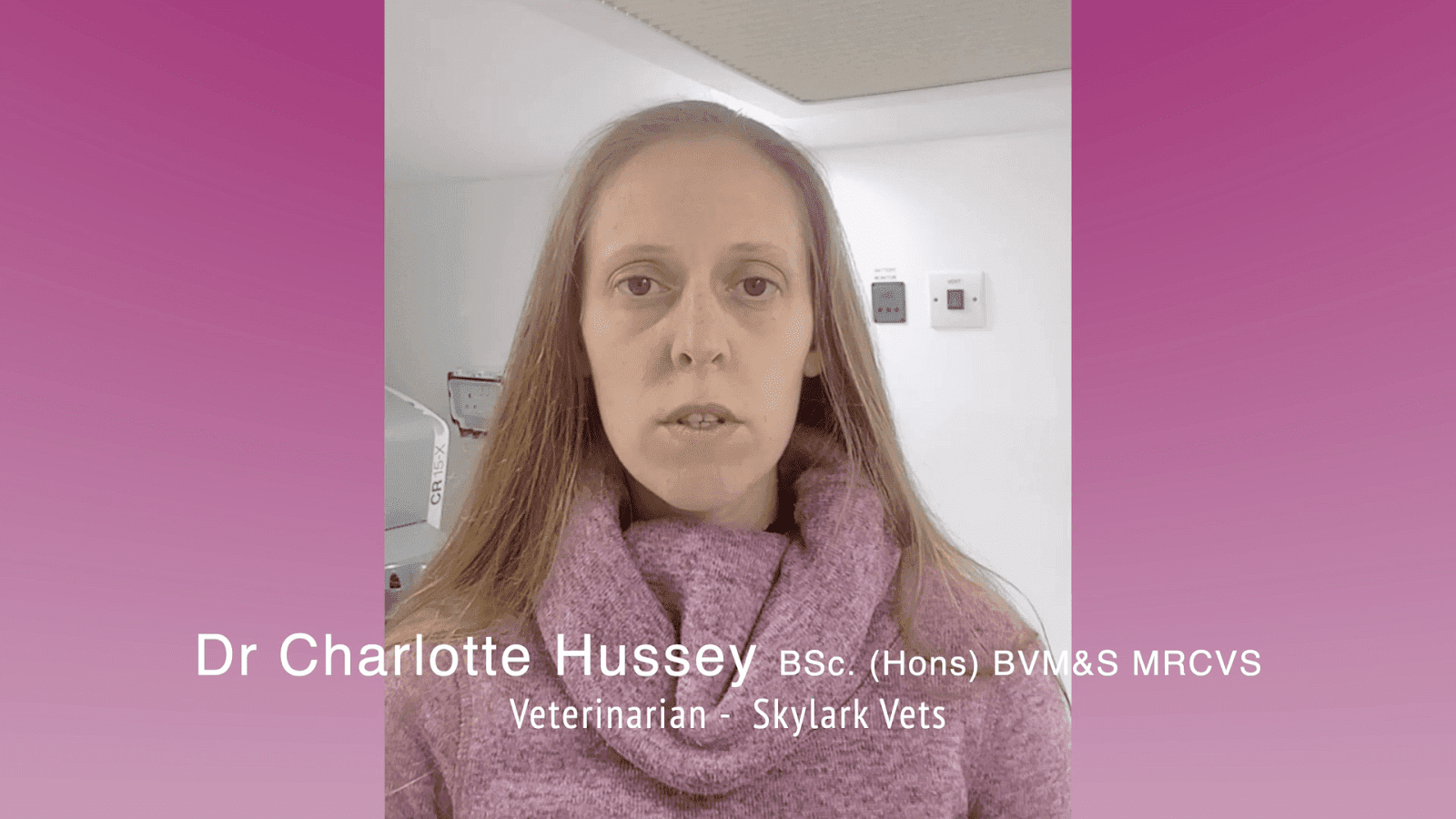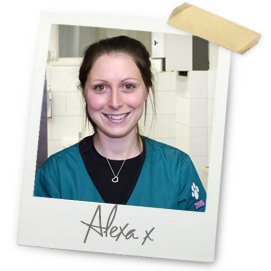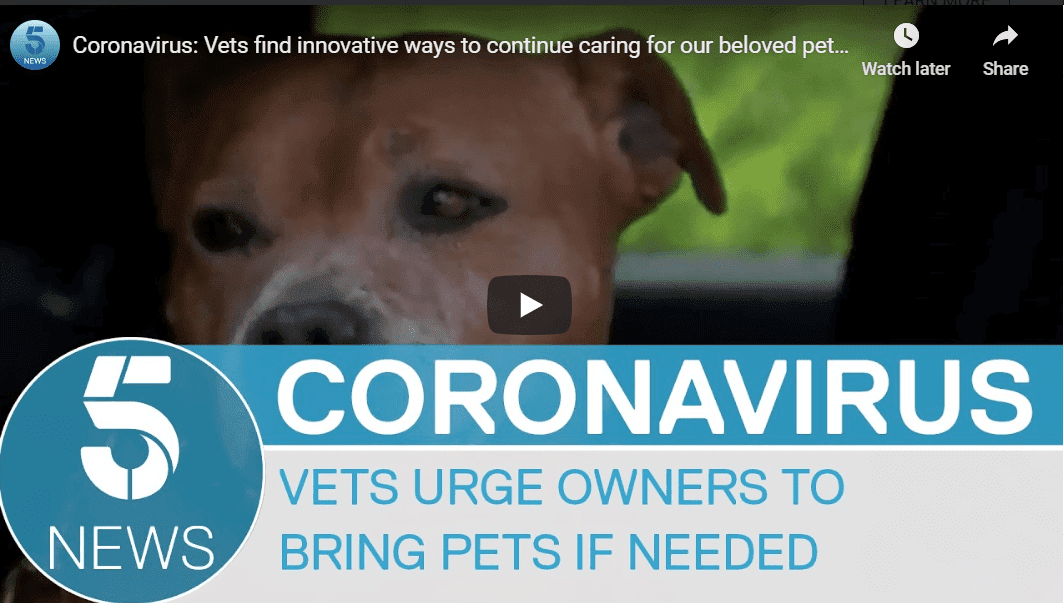May 5, 2020
A Brave New World: How COVID Has Changed the Way Vets Work
Joanna Woodnutt BVM BVS MRCVS
May 5, 2020
Three months ago, the novel coronavirus was an exotic disease from far-flung places that many of us have never visited. In the last twelve weeks, though, our lives have changed dramatically, resulting in a disruption to our normal working patterns that we haven’t seen since the outbreak of Foot and Mouth Disease in 2001. There’s no doubt that COVID-19 and the restrictions we’ve faced have forced us all to try new things; but has it really changed the way that vets work?
Working from Home
With COVID forcing many teams to split into two or more shifts that don’t interact, many teams found themselves working from home for the first time. Now, being a vet is one of those jobs that, unless you diversify, you just can’t do from home. It just doesn’t work. Or does it?
COVID has certainly forced people to look at working-from-home options, including helping with admin, catching up on courtesy calls, doing CPD, writing client material and SOPs, and even writing prescriptions remotely. And of course, some vets are now using the VetHelpDirect video consultation platform to consult from home, too. This has enabled vets who are shielding or working a shift pattern to continue to help their in-clinic colleagues by lightening some of the workload during this stressful time. But what’s to say it couldn’t be extended post-COVID? Are vets and employers going to reconsider working-from-home as a viable option during the working week, perhaps as part of a rota?
Flexitime
Along with working from home comes the question over flexible working hours. Traditionally, vets have worked all hours, although in recent years many vets have moved to a 9-6 working day, handing over to an out-of-hours operator for the rest. Where vets have asked for a flexible working day or more unusual hours, they’ve often been disregarded – after all, we need to be open when clients need us, not when we want to work. But COVID has forced practices to employ all sorts of strange shift patterns and working arrangements, and some people have found they like their newfound freedom. For those vet parents and other vets who have requested more flexible working times, COVID has been a test whether these strange shifts can work, and we might see more employers being open to this style of working in the future.
Telemedicine
Video consulting has been creeping into the veterinary field for some time now. Vet-vet telemedicine has been offered by referral centres and advice lines for years, but vet-owner telemedicine has, until recently, been confined to a ‘quick chat on the phone’ over lunch, squeezed into a short gap between consults, or inserted onto the end of a very long day. Vets have, for a long time, been resigned to the idea that they can’t charge for this, and often have a negative outlook on telemedicine as a whole because these phone calls can be so tricky to deal with.
But COVID has forced many practices to trial new methods of ‘catching up’ with owners, and vets have been using the VetHelpDirect video platform to hold consultations. And the good news? It’s much, much easier to decide if the situation really needs a Sunday visit, whether an animal is bright at home, whether that lame cat is really lame when he’s not crouched to the consulting room floor in fear, and whether an itch needs flea treatment or something more than it is when relying on the owner’s descriptions over the phone. Even better, with this increased ability to examine the pet, and a brand-new service to offer, vets feel able to charge clients for their time. There’s no doubt that there’s a demand for video consultations from owners, and vets have now been forced to trial these for themselves and decide whether it’s something they want to offer their clients, now and in the future.
COVID has given us all an opportunity to trial new technology and develop new ways of working. It’s allowed vets to spend some time at home and demonstrated which members of a practice are irreplaceable (hint: it’s not always the vets!). It’s also encouraged teams to think outside the box to find ways to get around not being in the building.
The real question now is which practices and vets will embrace the things they’ve learned, and how it will change the way that vets work in future.



